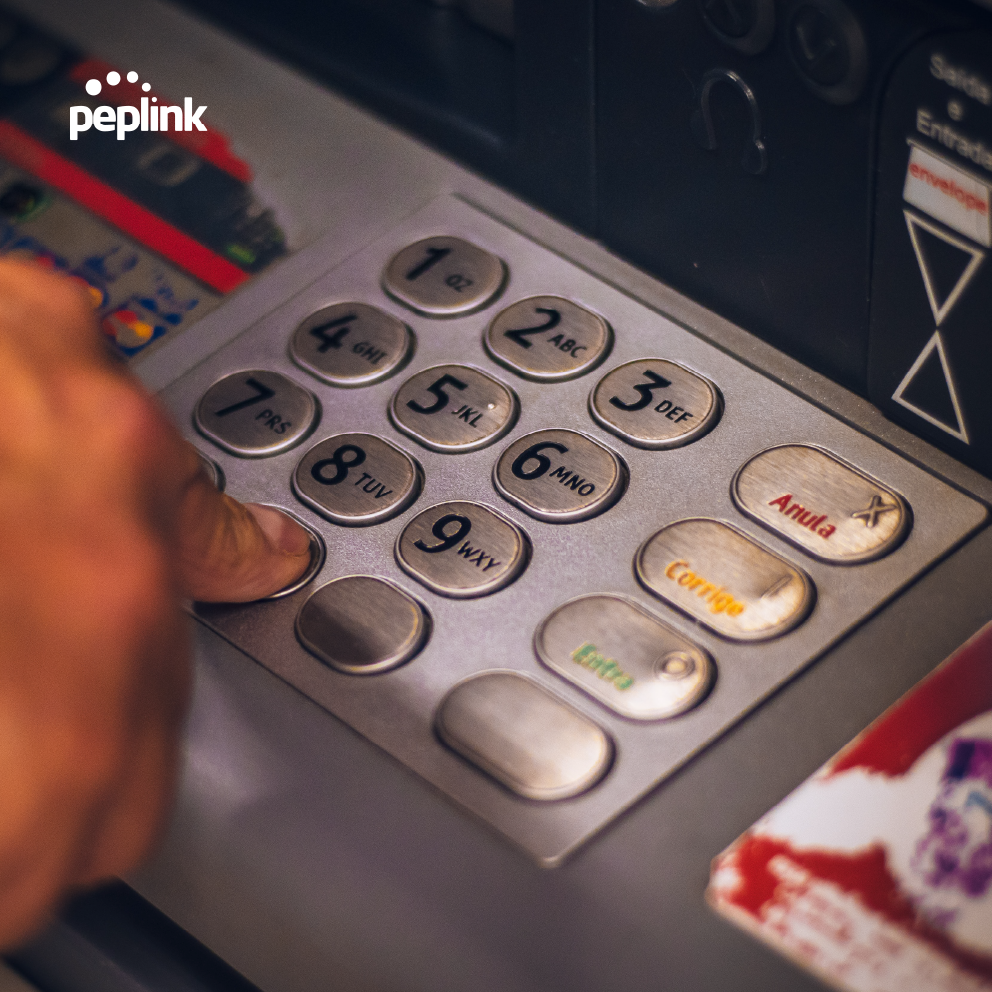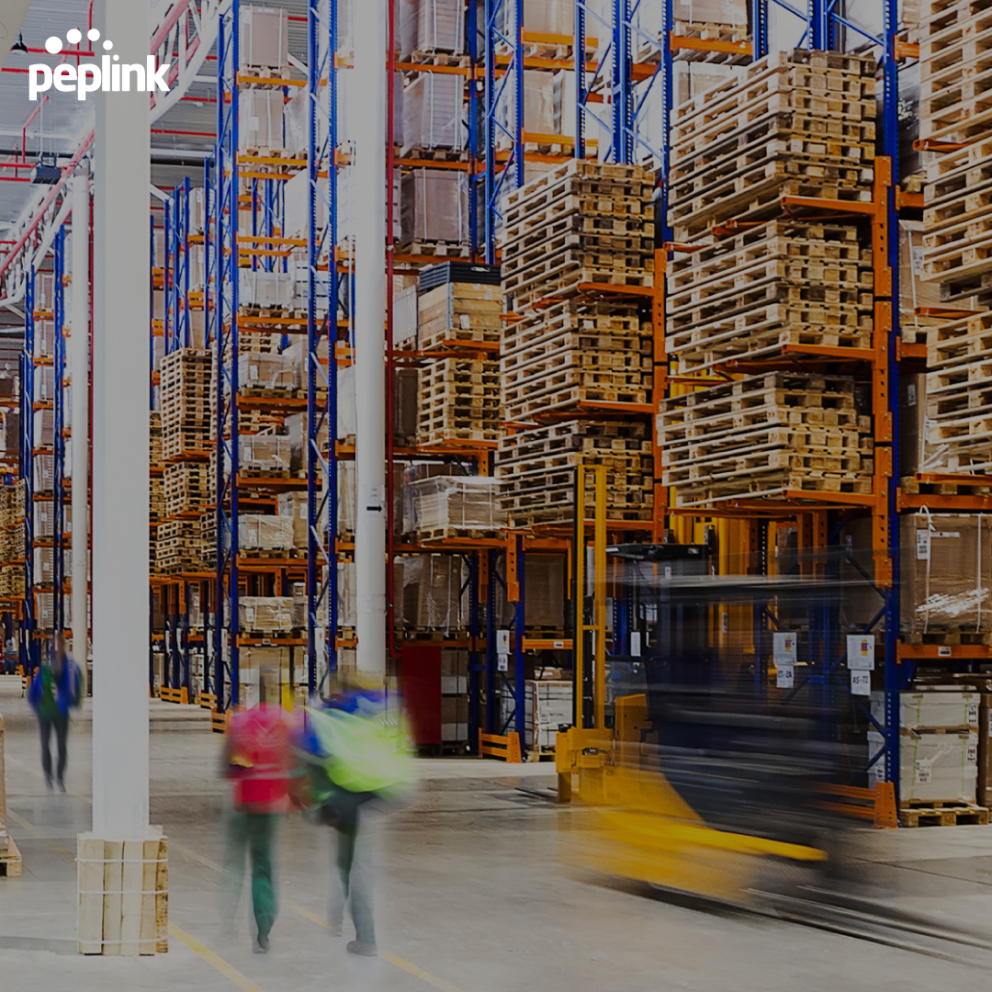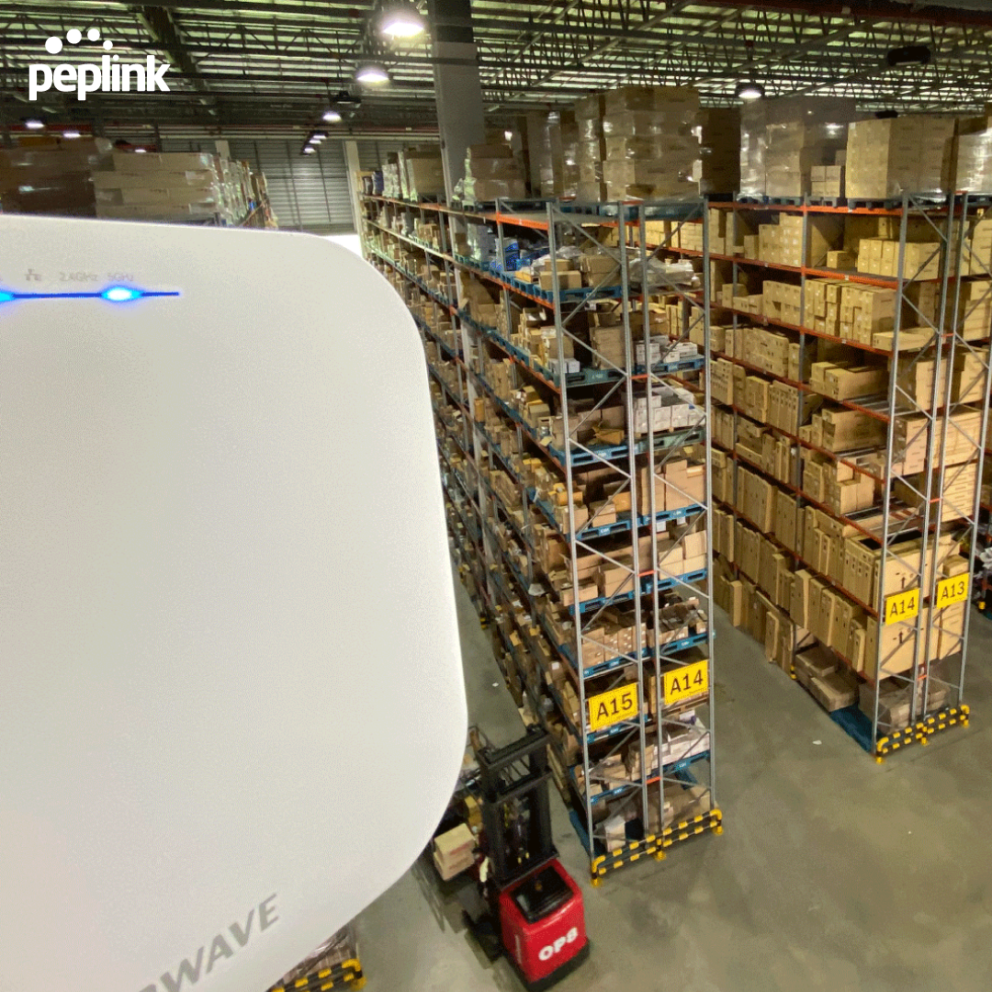It’s no secret that data and information flow constantly between different endpoints in a logistics company. This means that their network’s communication method plays an important role, each with their benefits and challenges. Here are five common ways data and information travel within a logistics network.
There’s a good chance that everyone in the logistics industry has an email address and access to an email platform. The convenience and conventionality of sending emails make it difficult to let go of this communication method. Without needing any special skills or software, information such as reports, invoices, and inquiries can easily be shared.
Internet of Things (IoT) Devices
A more modern method implemented by logistics companies is the use of IoT devices. Though mainly used for monitoring and locating, IoT devices are versatile in application. They perform data exchanges amongst devices in real-time and can be made to automatically upload data into platforms.
Application Program Interface (API)
Another modern and unmanned way data and information travel is through application program interfaces (APIs). Unlike the method mentioned above, APIs are specially coded and customized to allow logistics applications to exchange, understand and use logistics data and information. Having said this, APIs are integrated with the platforms used.
Electronic Data Interchange (EDI)
Like an API, electronic data interchange uses similar principles and is an automated computer-to-computer exchange of general electronic information. Despite their similarity, EDI is not customized and uses specific standards to transfer data between applications. In order for communication parties to pass EDI data, Internet protocols and the same EDI format should be used.
Transportation Management Systems (TMS)
One other logistics platform companies use, especially for warehouse management and transportation of goods, is a transportation management system (TMS). Working off of a centralized framework, data and information are updated almost immediately. TMS platforms are often integrated through EDI or APIs, and can also parse data from IoT devices.
All Coming Down to One Thing
Whether your logistics company relies on email, IoT devices, or any of the other communication methods, your logistics network is just as important. In order to not only collect data and information, but to share these across different parties, reliability and unbreakable connectivity is needed – and that’s what Peplink delivers.
Peplink’s branch networking portfolio comes with a series of enterprise-grade devices that are ready to face the network demands and withstand the physical environment of the logistics industry. With varying connectivity options, Peplink has a device for the size of your logistics network, ready to scale up when needed.



